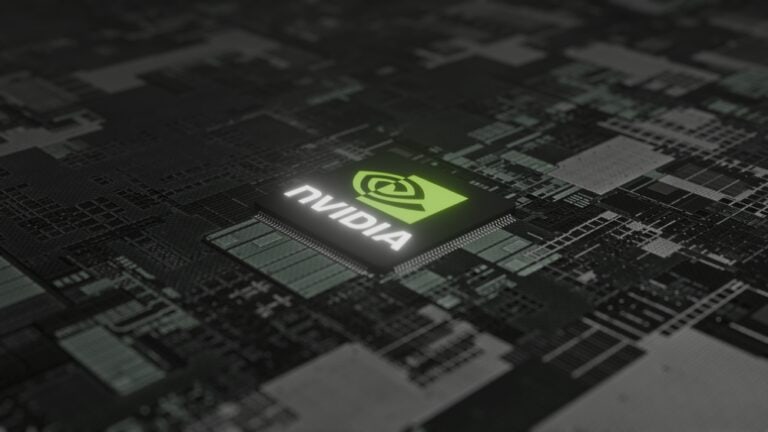Nvidia is targeting robotics as its next big growth market as it faces increasing competition in its core business: AI chips.
The tech giant will release its latest generation of compact computers for humanoid robots, Jetson Thor, in the first half of 2025. According to the Financial Times, Nvidia wants to become the leading platform for what it sees as an imminent robotics revolution.
The company offers a “full-stack” solution, from software layers for training AI-powered robots to the chips that power them. “The ChatGPT moment for physical AI and robotics is around the corner,” said Deepu Talla, Nvidia’s vice president of robotics, in an interview with the Financial Times. He stressed that the market has reached a “tipping point.”
In February, Nvidia, along with companies such as Microsoft and OpenAI, invested in humanoid robotics start-up Figure AI, which is valued at $2.6 billion. Although robotics is still an emerging niche market with few major returns, Talla claims two technological breakthroughs are transforming the industry: the explosive growth of generative AI models and training robots in simulated environments.
From simulation to reality
Training robots in virtual environments solve what robotics experts call the “Sim-to-Real gap.” This gap is between simulation and the real world. According to Talla, this gap has narrowed enough in the past 12 months to combine simulation experiments with generative AI. “We provide the platform for enabling all of these companies to do any of those tasks,” Talla said.
Nvidia’s robotics approach includes three stages of development: software for training fundamental models through the DGX system, simulations of realistic environments in the Omniverse platform, and finally, hardware such as the Jetson modules. This “robot brain” module line was introduced in 2014 following Nvidia’s shift from smartphones to AI and autonomous systems.
Companies such as Amazon, Toyota and Boston Dynamics use Nvidia’s technology for robot training and simulation. Amazon has already applied Nvidia’s simulations in three U.S. warehouses.
Nevertheless, challenges remain. David Rosen, head of the Robust Autonomy Lab at Northeastern University, warns that verifying the safety and reliability of machine learning systems in robotics remains difficult. “This is a major open scientific question in the field,” Rosen said.
